As consumers, we’re surrounded by extreme personalization every day. Whether AI-driven provides product recommendations, options when booking an airline ticket or even adding extra pepperoni on a pizza, consumers are commonly exposed to personalization mechanisms in their online shopping experiences.
Consumers Expect Personalization
Consumers have come to expect personalization as a standard function. An overwhelming 70% say we will shop exclusively with brands that personally understand us. And for the businesses who invest in personalization, efforts can pay off big, driving revenue growth anywhere from 10-30% beyond ‘legacy’ merchandising methods.
With hotels, however, booking a room is a passive, top-down process with little or no room for personalization. The whole process is comprised of three linear steps.
- The guest chooses a hotel and selects booking dates
- They filter results via room type or rate (often including packages)
- They select “book” and enter a credit card.
Done. The problem with this path to purchase is that the depth and breadth of personalization possibilities are restricted to the variations in room type…with maybe breakfast thrown in or not.
Worse, any room variation (such as the high floor, near the elevator, pool view, etc.) is subsumed into the room type’ blob.’ Room types look all the same now, save for bed type.
“In today’s hotel room distribution, the guest has to read through individual room category descriptions to more fully understand the combination of features or attributes of each, and then make a single purchasing decision, says Pierre Boettner, Head of Product and Co-Founder, ROOMDEX. This often leads people to book the lowest category. “Finding a hotel with rooms that suits the guest and priced within their range can require many individual site visits.”
Rethinking Merchandising
Amazon or Netflix can suggest other products you might like because they have many ‘SKUs.’ A standard, mid-size hotel typically has 4 room types, so in theory, out of approximately 200 rooms, you only have 4 products to sell.
But, on closer inspection, hotels have more to offer than 4 products. For example, suppose amongst those 200 rooms there are 25 unique features or attributes such as, near the elevator, top floor, bottom floor, single, double, back of the house, balcony, sea view etc. all of a sudden, with those combinations. In that case, a hotel has many more products to offer. Guests are no longer limited to a “set menu” of room types but can pick and choose from a variety of options and personal their stay suited to their preferences.
In addition, with today’s current booking systems, “the final room rate price provided to the guest is almost never the scientific sum of each room attribute’s intrinsic value but, at best, a guess, an approximation, biased by volatile metrics such as overall occupation rate, comp set and pick up speed,” says IDeaS chief evangelist Klaus Kohlmayr. In essence, room types limit personalization.
Give the Customer a Choice with Attribute-based Selling (ABS)
Attribute-based selling can solve the hotel industry’s problem with personalization. ABS can better align customer needs and property amenities by unbundling room types. Instead of limiting guests to pre-set room types and rate plans, ABS allows guests to select which room attributes they are willing to pay for to build their perfect room.
Guests can opt for their favorite features at the beginning of the booking process, with each attribute adding an incremental price to the base room rate. The process makes it much easier for the guest to customize and personalize their hotel stay from the onset while simultaneously putting them in charge of what they will end up paying.
The value and impact of this choice for the guest are significant. With ABS, hotels not only appeal to guests with promises and expectations but deliver the “real thing”. “[ABS] makes the buying process not just simpler and pricing more transparent, but it avoids false choice paradoxes and instantly increases satisfaction,” continued Pierre Boettner.
In addition, for hoteliers, ABS makes room types less essential and helps them avoid overbooking specific categories, so it helps balance the house. But it also drives more revenue. In the traditional hotel booking process, room rates increase as the supply of specific rooms falls, but with ABS, attribute prices increase as the supply of specific attributes is reduced. Using ABS, it would be possible for a standard room rate to rise to that of a higher room type if a guest adds in more attributes.
Drive Revenue and Guest Satisfaction
Every hotel has room attributes they can offer guests – they need to be unbundled. This requires three things to happen. First, consumers need to want to personalize their trip. As we have mentioned, this will be easy. Secondly, technological advancements must be made to make attribute-based shopping possible.
This is also much closer to reality than ever, with companies like ROOMDEX cracking the code on ABS; finally, it takes foresight and will from hoteliers. Hoteliers have the opportunity to rethink their spaces and drive revenue out of room features while providing the personalization that guests have come to expect. While many are satisfied to follow the crowd, leaders in your compset will undoubtedly make the right investments to get ahead of the curve.
More Tips to Grow Your Business
Revfine.com is the leading knowledge platform for the hospitality and travel industry. Professionals use our insights, strategies, and actionable tips to get inspired, optimize revenue, innovate processes, and improve customer experience.Explore expert advice on management, marketing, revenue management, operations, software, and technology in our dedicated Hotel, Hospitality, and Travel & Tourism categories.

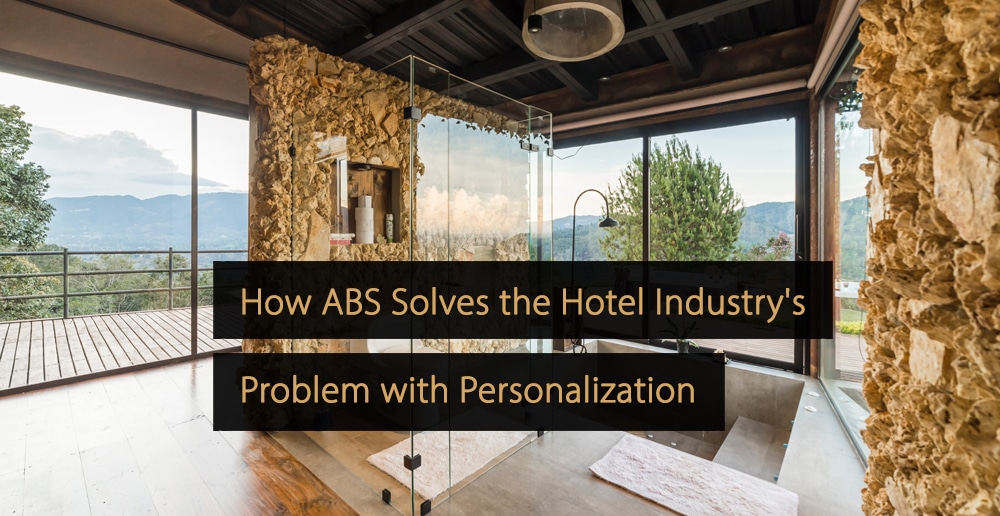
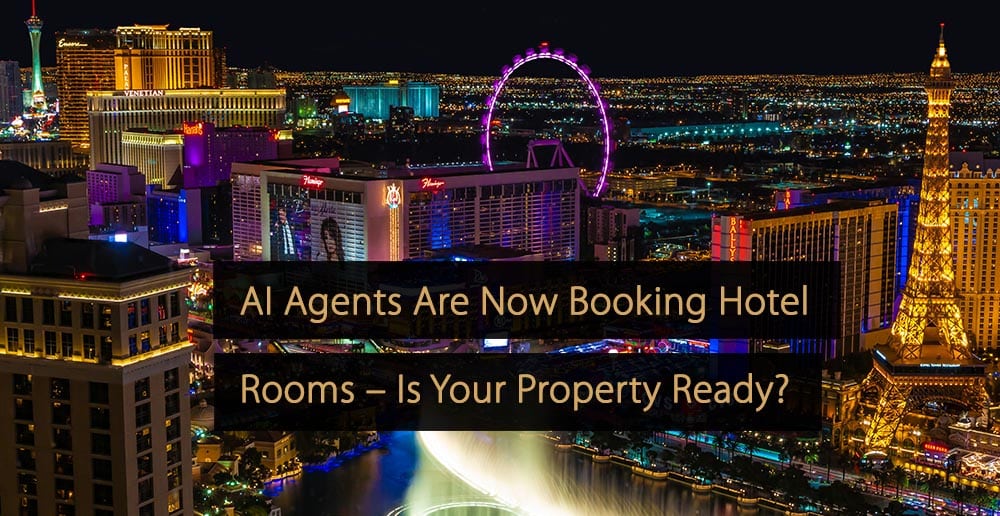
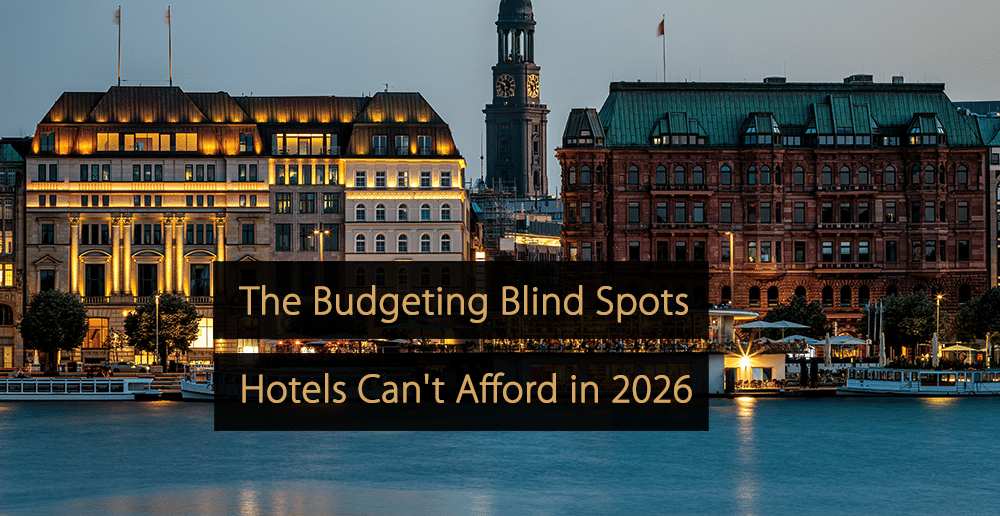
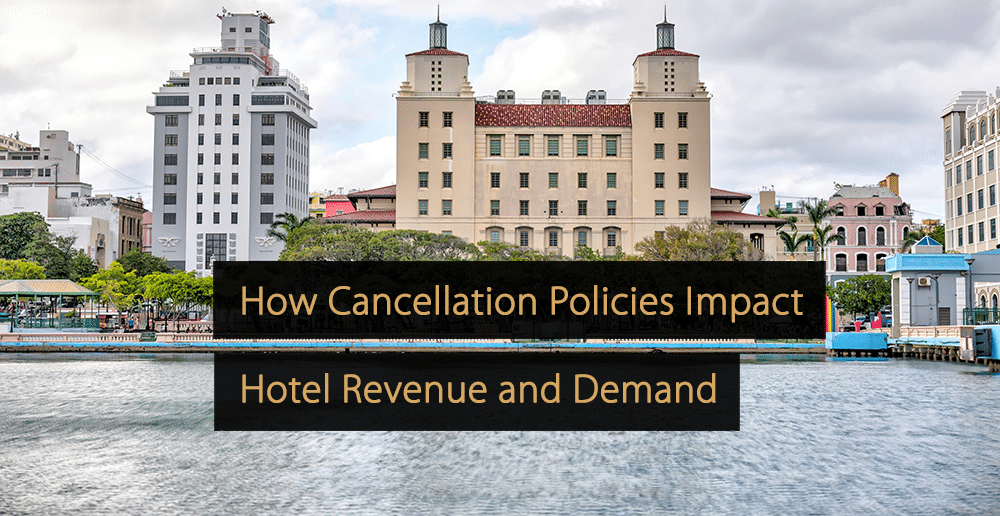
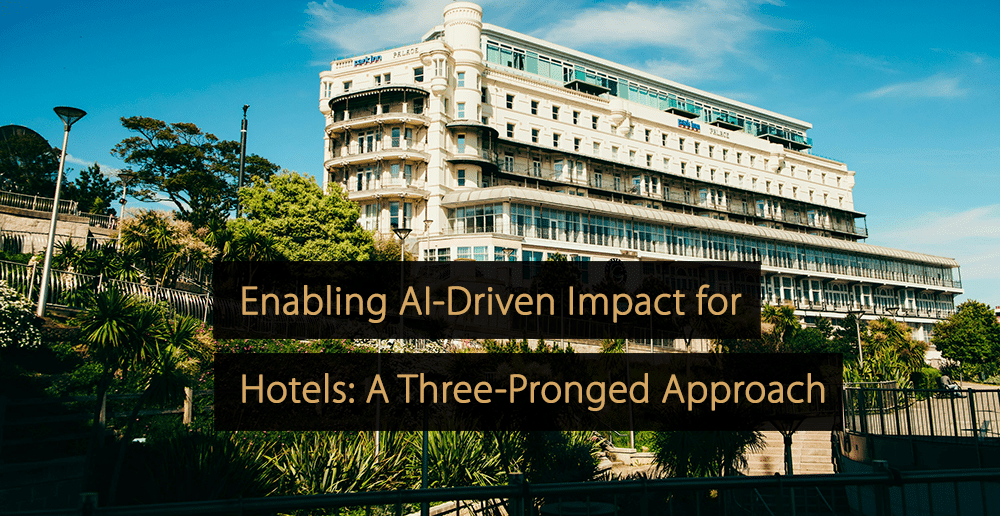
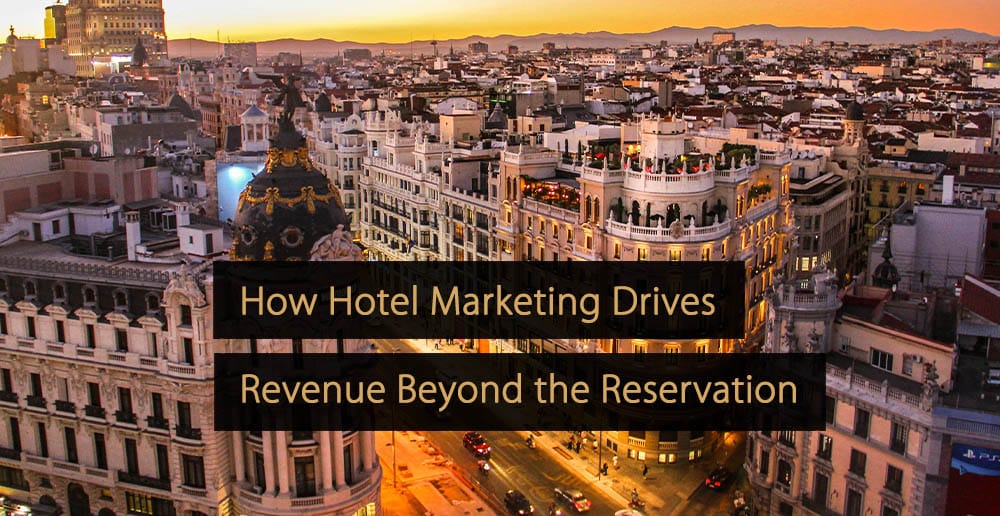

Leave A Comment